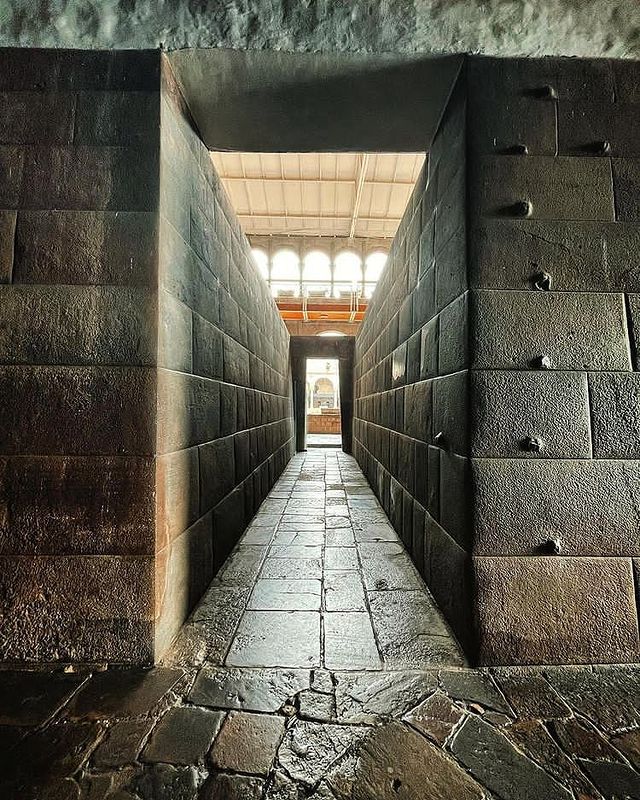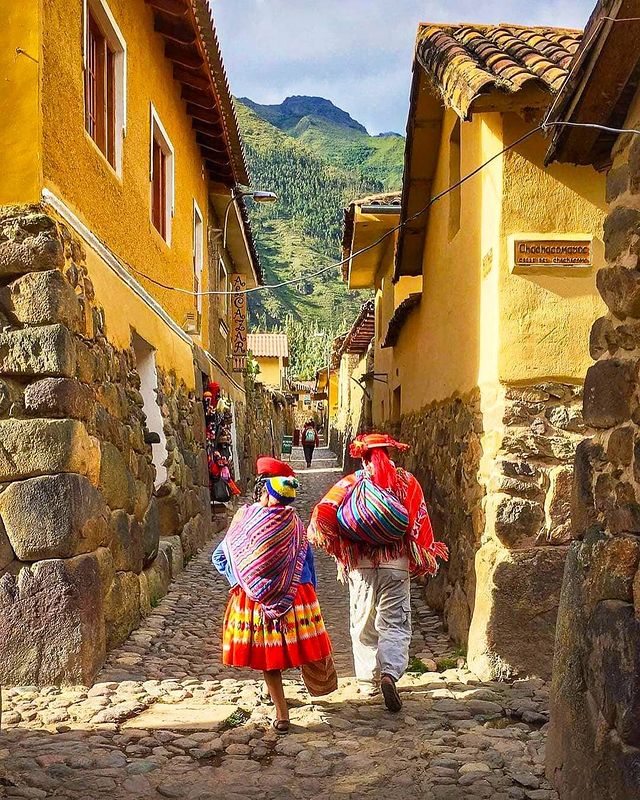Peru is a country with a vast cultural legacy. Millenary and prodigious cultures settled in this land, which, although they ceased to exist many years ago, but they are still present in our roots and continue to have a strong attraction for Peruvians and foreigners due to their development and historical heritage.
The pre-Inca cultures of Peru represent an invaluable treasure of knowledge because each one has its own history of development, disappearance, and archaeological remains that continue to be of interest to researchers.
In this publication, we want to take a tour of some of them.
THE LIMA CULTURE
It was developed between 100 AD. to 650 AD, and it stood out for its architecture and ceramics, which had as its main decorative theme the figure of fish and snakes linked together.
This culture settled on the central coast of Peru and left important archaeological remains such as the huacas of the Rímac valley, those of Chillón and those of Lurín.


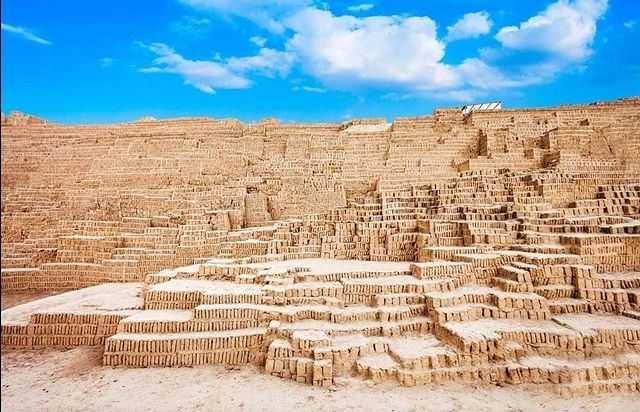
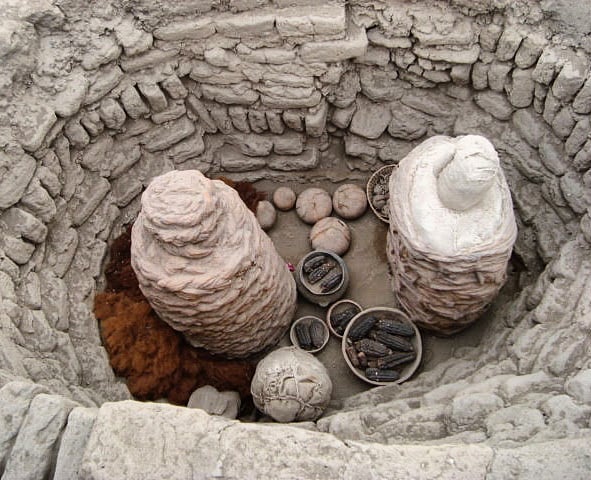
The Lima Culture was discovered by the German archaeologist Max Uhle who at the beginning of the 20th century discovered remains of White on Red style ceramics in Cerro Trinidad, near the town of Chancay.
THE CHANCAY CULTURE
After the fall of the Wari Empire, many civilizations emerged, including the Chancay culture, who were great artisans in carving wood. And they were characterized by making the famous funerary dolls for royal burials.
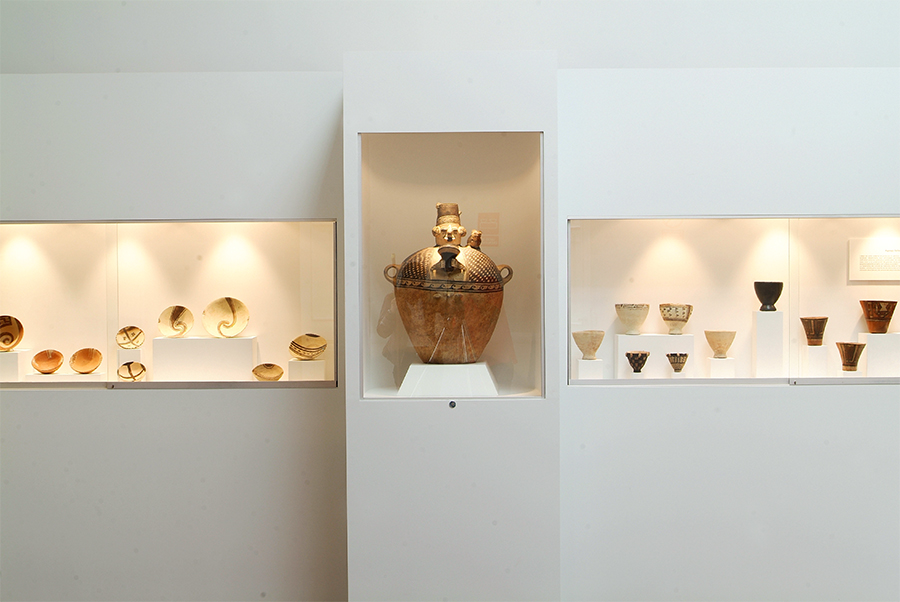
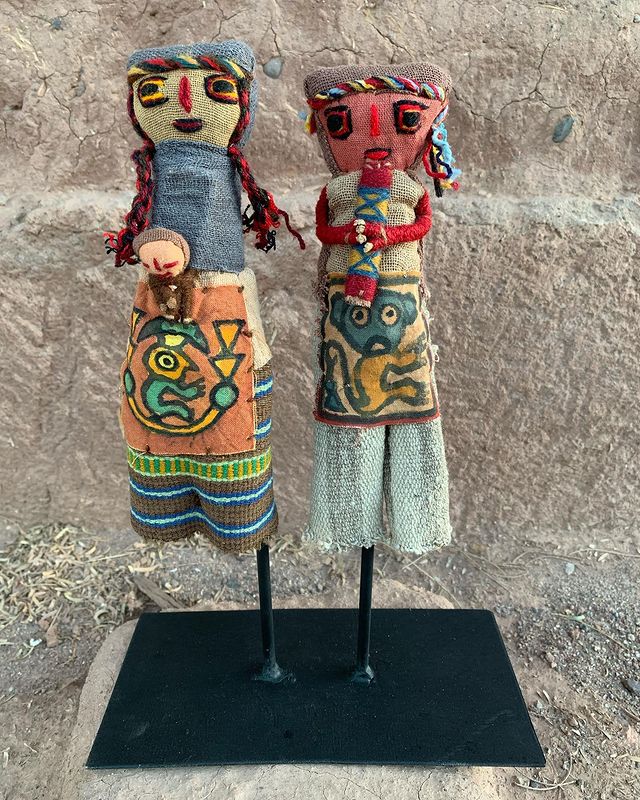

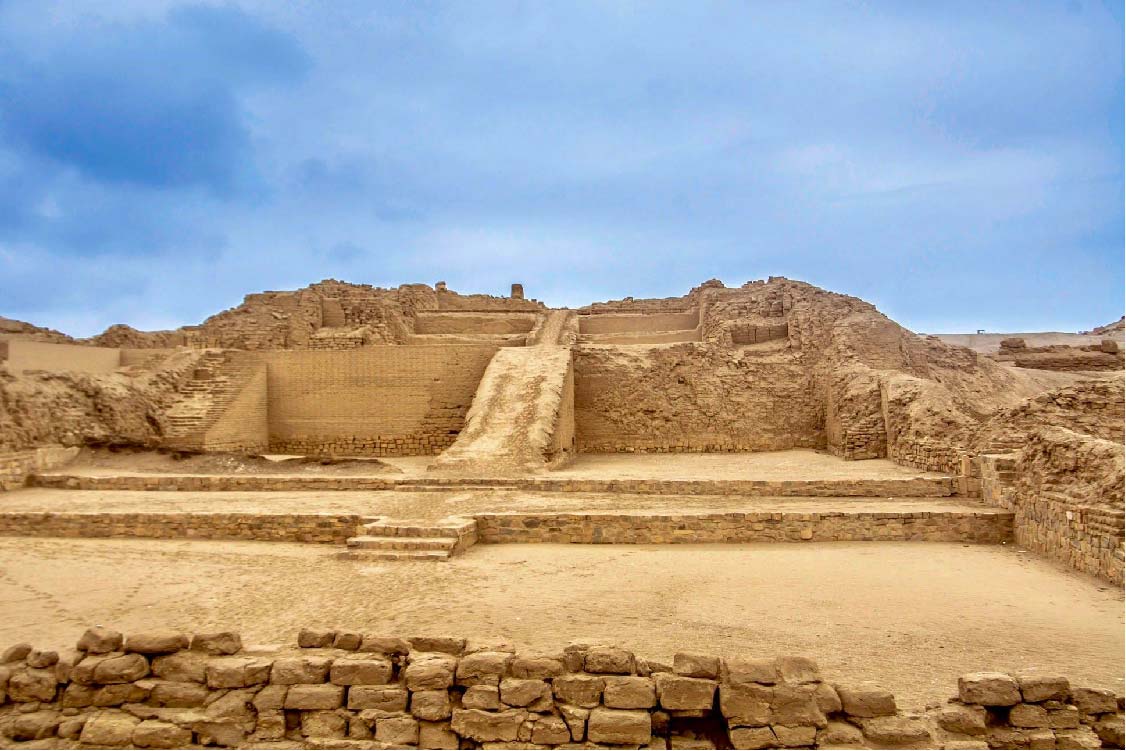
THE MOCHICA CULTURE
The Moche or Mochica culture is an archaeological culture of Ancient Peru, it developed between 100 AD. and 800 AD in the valley of the North coast of Peru, between what today are the areas of Huarmey and Piura.
The legacy of the Mochica culture impresses with its great religious and administrative centres and urban areas such as Huacas del Sol and de la Luna, Huaca Cao, among others.
Likewise, it stands out for its fine ceramics and the lavish elite tombs, such as those of the Lord of Sipán and the Lady of Cao.
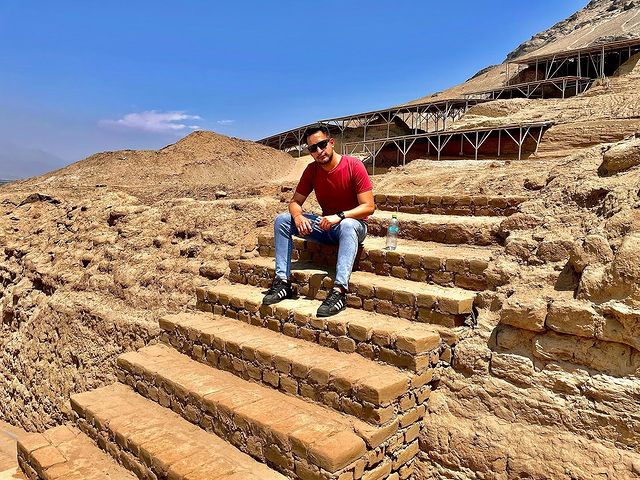
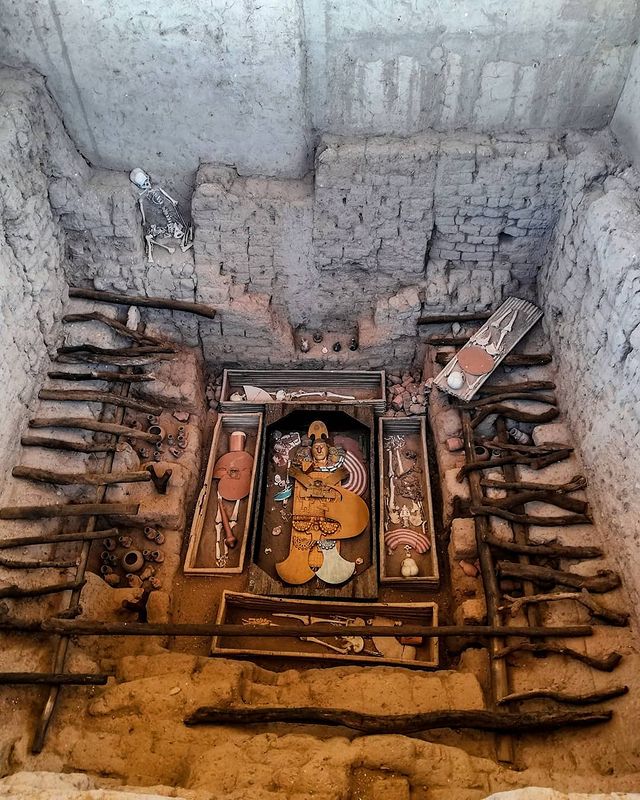


THE CHAVÍN CULTURE
It was developed between 1200 BC. and 400 BC, and it had an impact on a large part of the territory that today belongs to Peru. Studied by Julio C. Tello, it is considered that Chavín was a cultural phenomenon because it involved a pan-regional cult that was controlled by priests and whose centre was Chavín the Huántar (in the Callejón de Conchucos), located in Áncash. They are considered extraordinary stone sculptors.

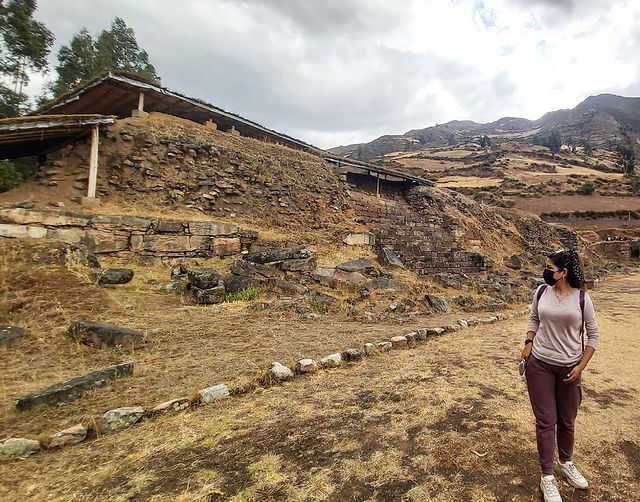
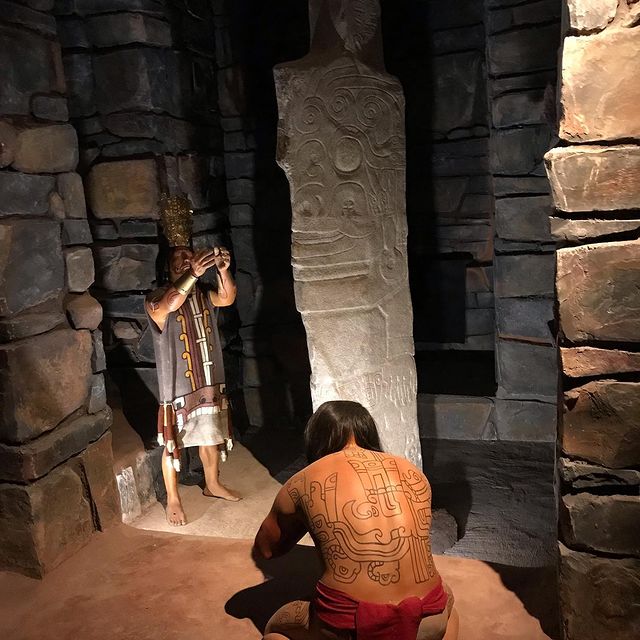
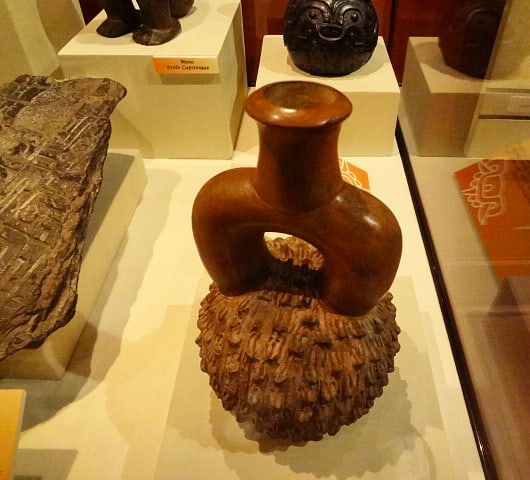
THE CHIMU CULTURE
The Chimú culture was a pre-Columbian culture that developed on the north coast of Peru, more specifically between the current departments of Lima and Tumbes. It is indicated that the Chimú culture or the Chimú Kingdom was the most prosperous coastal civilization in the entire Andean and pre-Columbian zone in America.
Its main administration was the great city of Chan Chan, near Trujillo in northern Peru, made up of thousands of buildings and a maze of streets and alleys. Chan Chan, which was perhaps home to some 60,000 people in its heyday, was one of the largest cities in South America and the largest adobe city in the world.
Religion
The inhabitants of the Chimú culture worshipped the Moon due to its belief that it influenced the growth of plants, the tides and its use as a marker of time.
Architecture
The archaeological site of the Chimú culture is characterized by very high walls, some of which are 26 meters high, which enclose each of the 11 citadels. Along with painted Huaca, Huaca del Dragon, Chan Chan the largest stepped pyramid.
Ceramics
The ceramic of the Chimú culture fulfils both functions, for daily or domestic use and for ceremonial offerings.
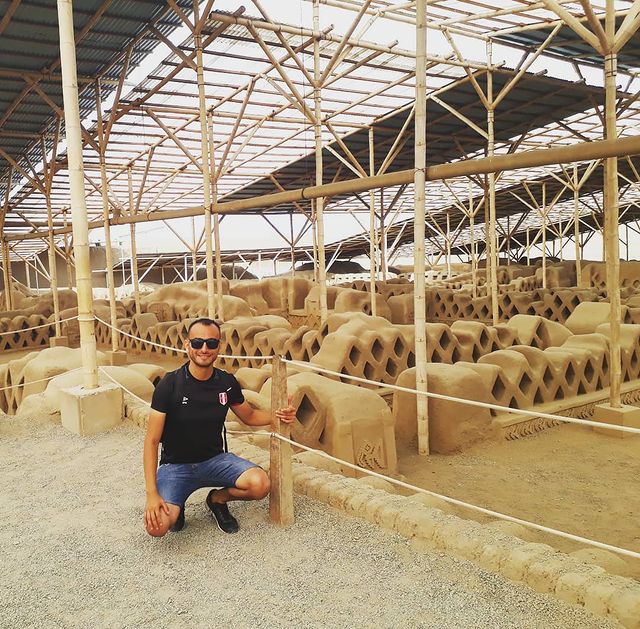
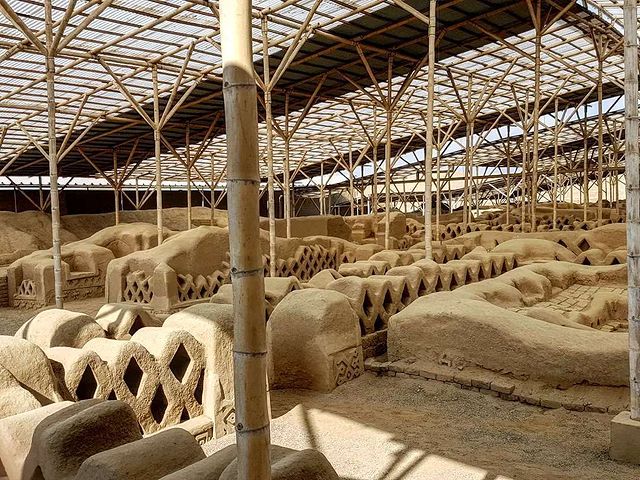
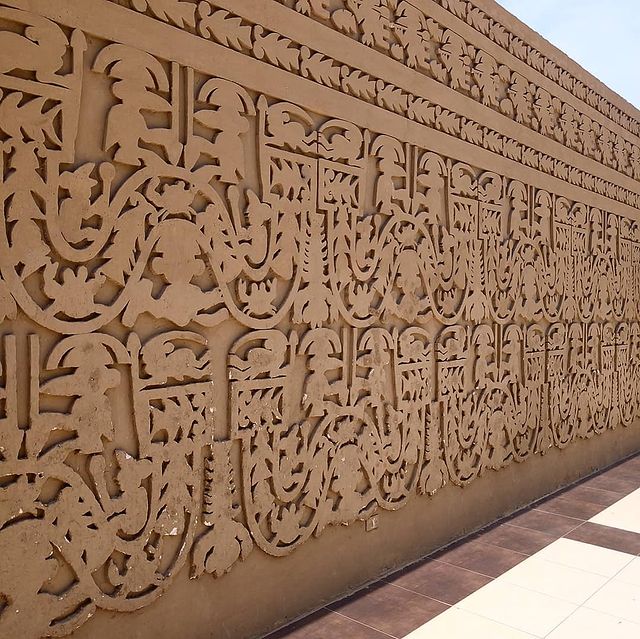

THE PARACAS CULTURE
This culture developed in the southern part of Lima, in what is now the Ica region, between 700 BC. and 200 AD and it is classified in Paracas Caverns and Paracas Necropolis.
This culture stood out for its textile art, considered one of the finest in pre-Columbian America; for its ceramic production, with its complex polychrome decorations and for its famous skull trepanation.
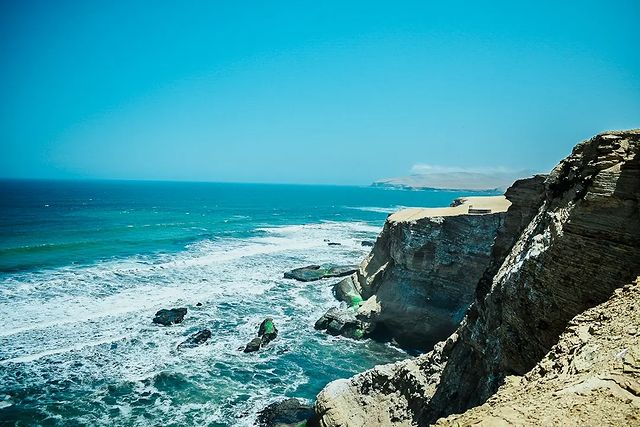
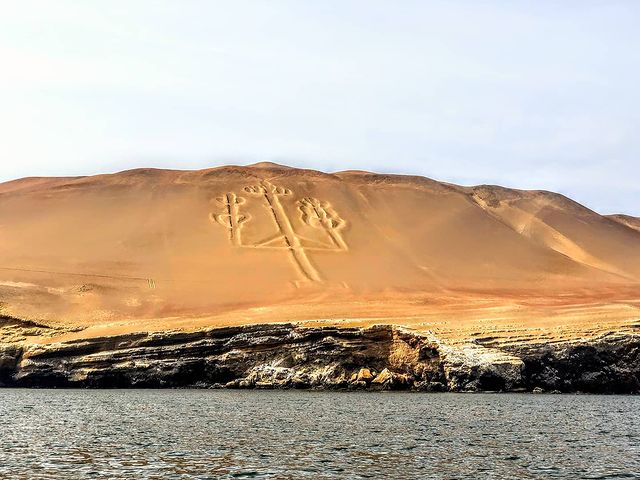

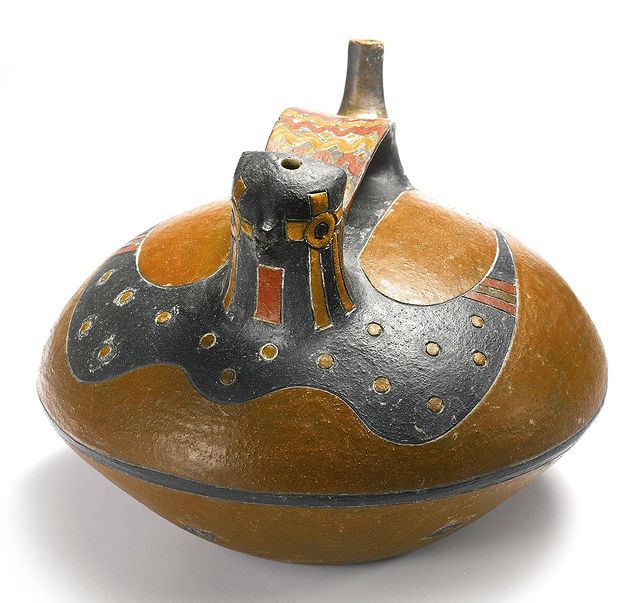
THE NAZCA CULTURE
It was developed between 100 AD. to 800 AD in the Rio Grande valley in Nazca, Ica region. In its historical splendour, its influence extended from Chincha in the north to the Acarí valley in the south.
This culture highlights in this civilization the enigmatic geometric figures existing in the Nazca pampas. In total there are about 800 straight lines, 300 geometric figures and 70 designs of plants and animals, also called biomorphs), studied by the German researcher Maria Reiche.
The figures of the Nazca lines were related to the most valuable resource in the desert: water, because water was the way to survive in the desert environment, “said Lasaponara.” That is why the Nazca lines were a way to give thanks to the gods.


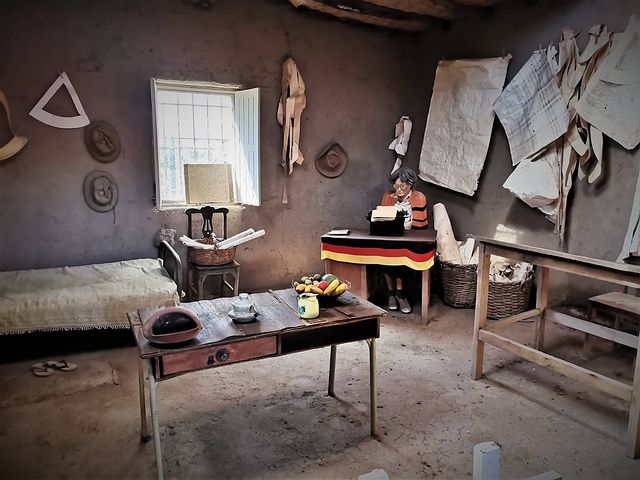
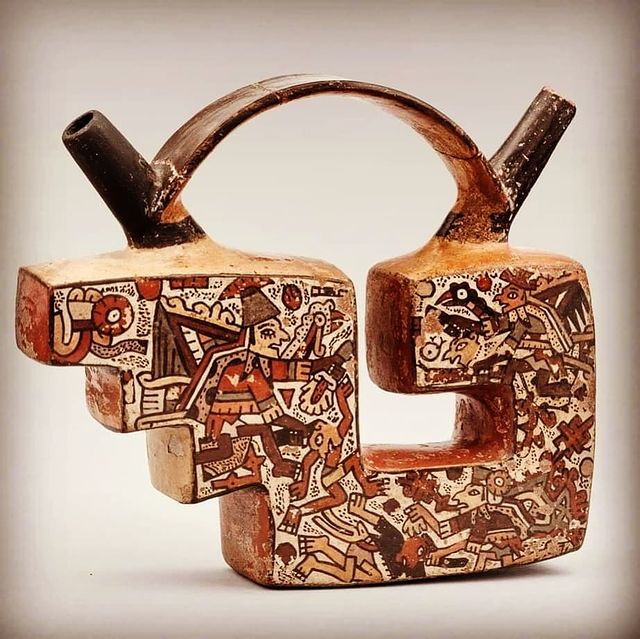
THE TIAHUANACO CULTURE
This Tiahuanaco culture developed between 250 BC. and the year 1000 AD in the Andean highlands, what is now known as the Collao plateau.
This culture stood out for its architecture finely sculpted in stone, leaving interesting vestiges for posterity, such as the Cover of the Sun that contains the solar calendar and the god of the staves (known as the cut-throat god), among the constructions, its most prominent contraction it is the construction of chullpas, towers, and other constructions.
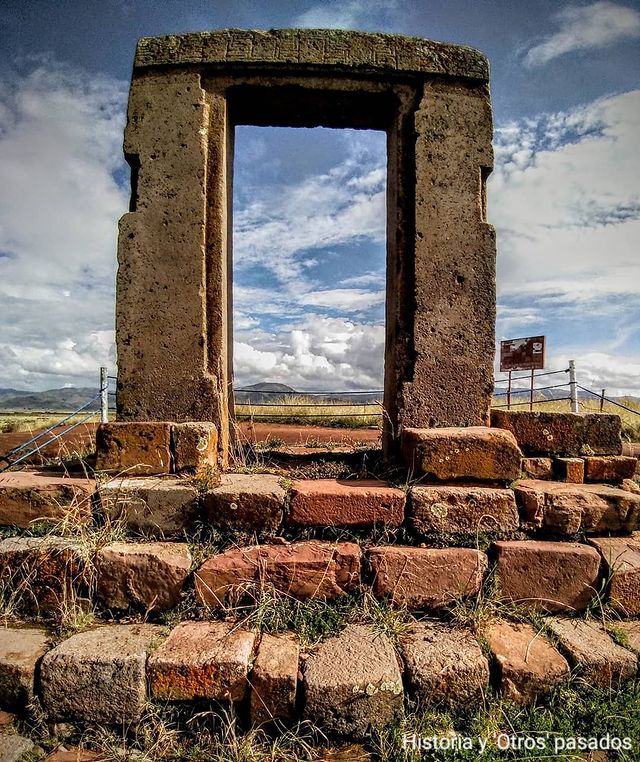
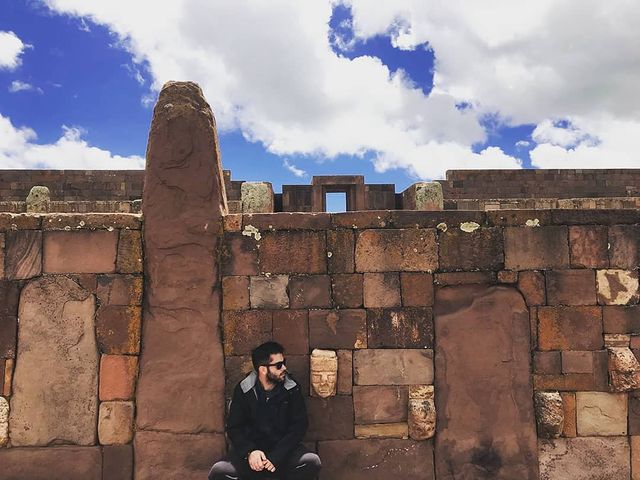
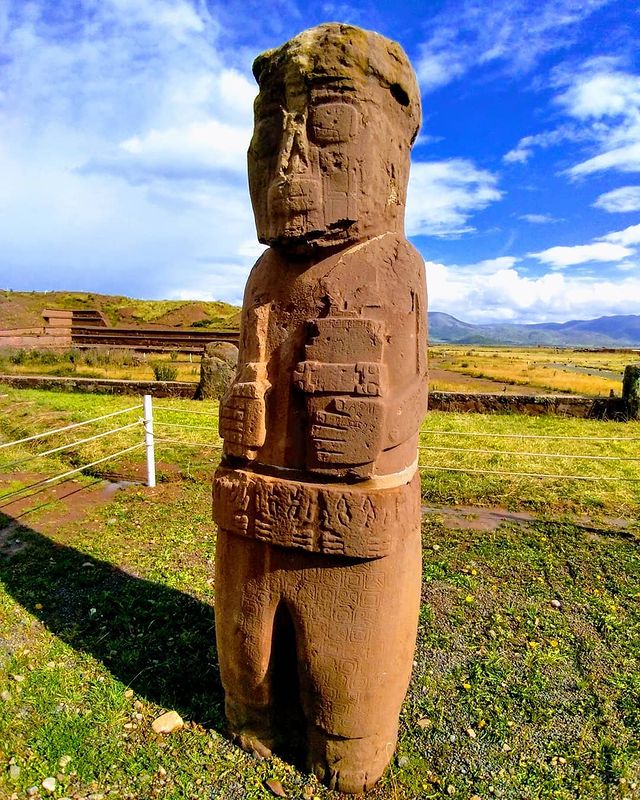
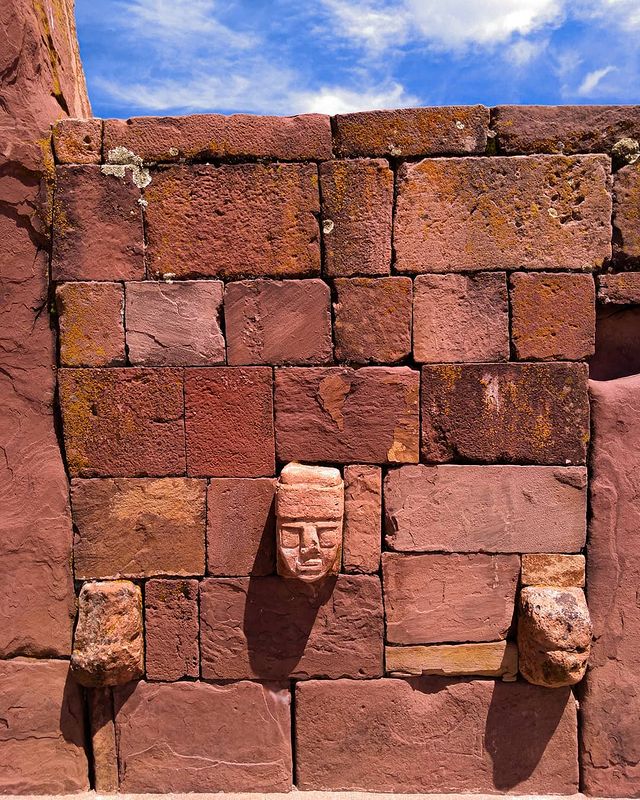
CHACHAPOYAS CULTURE
The Chachapoyas culture developed between 800 AD. and 1570 AD in northeastern Peru. Their territories extended some three hundred kilometres along the current regions of Amazonas and San Martín.
Chachapoyas culture was made up of small manors that settled on the heights of the Utcubamba River. All these villages, having the same customs, were politically independent and ruled by a priestly class, led by a curaca. The only reasons for the integration of these provinces were military and religious.
The most prominent architectural complexes are Kuélap and Gran Pajatén, and two funerary patterns have been detected in this culture: the sarcophagus and the mausoleum.
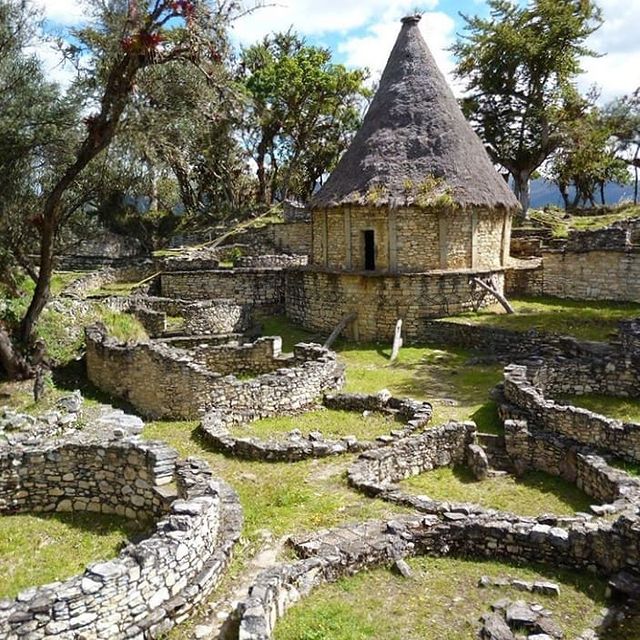

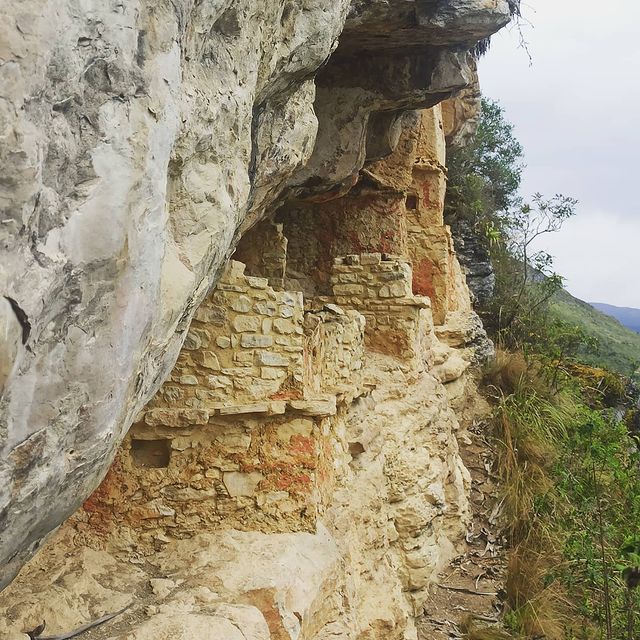
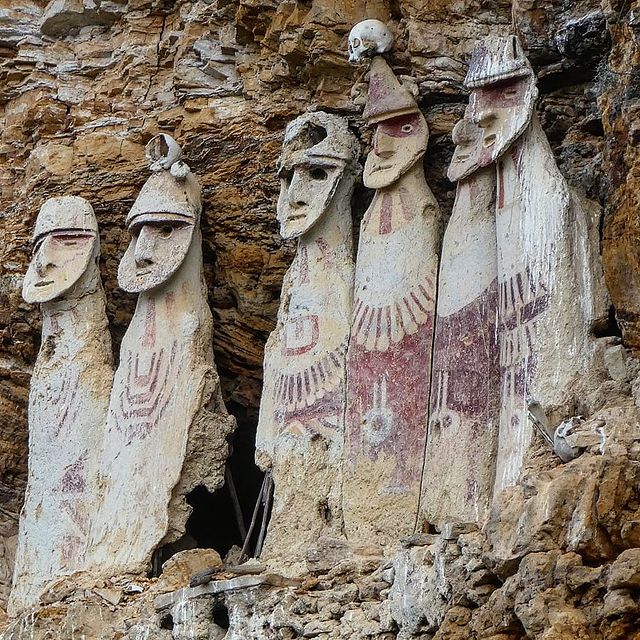
INCA CULTURE
The Inca Empire, today known as the Inca Culture, was the largest civilization on the American continent. The main headquarters was the city of Cusco (umbilicus of the World), and it was named as the Tahuantinsuyo, formed by the 4 Suyos, (Antisuyo, collasuyo, chinchaysuyo, contisuyo).
Origins of the Inca Culture
The most named legends about the origin of the Incas are those collected by the mestizo chroniclers Inca Garcilaso de la Vega the «legend of Manco Cápac and Mama Ocllo» and the legend collected by the Spanish chronicler Juan Díez de Betanzos the «legend of the Brothers Ayar », both legends have a very important meaning in the History of Peru since both legends are the beginning of this great Inca Empire.

